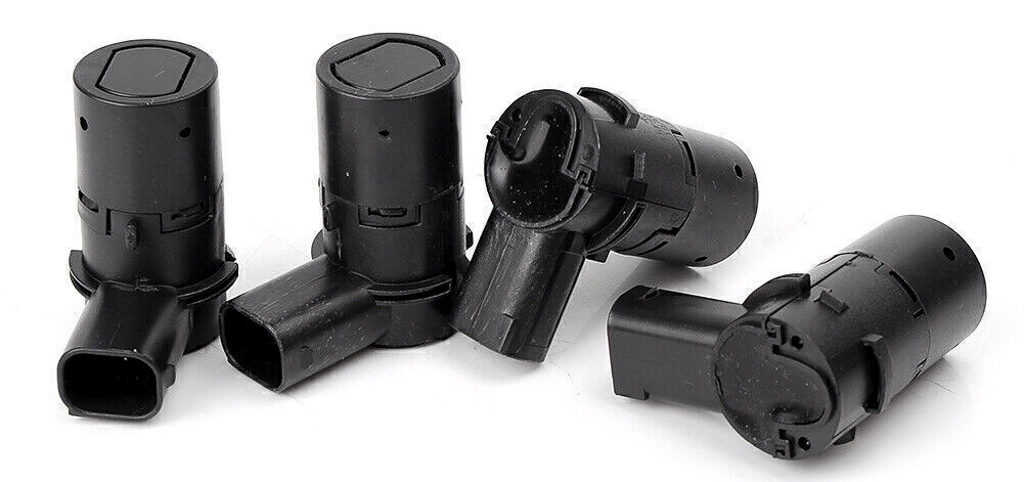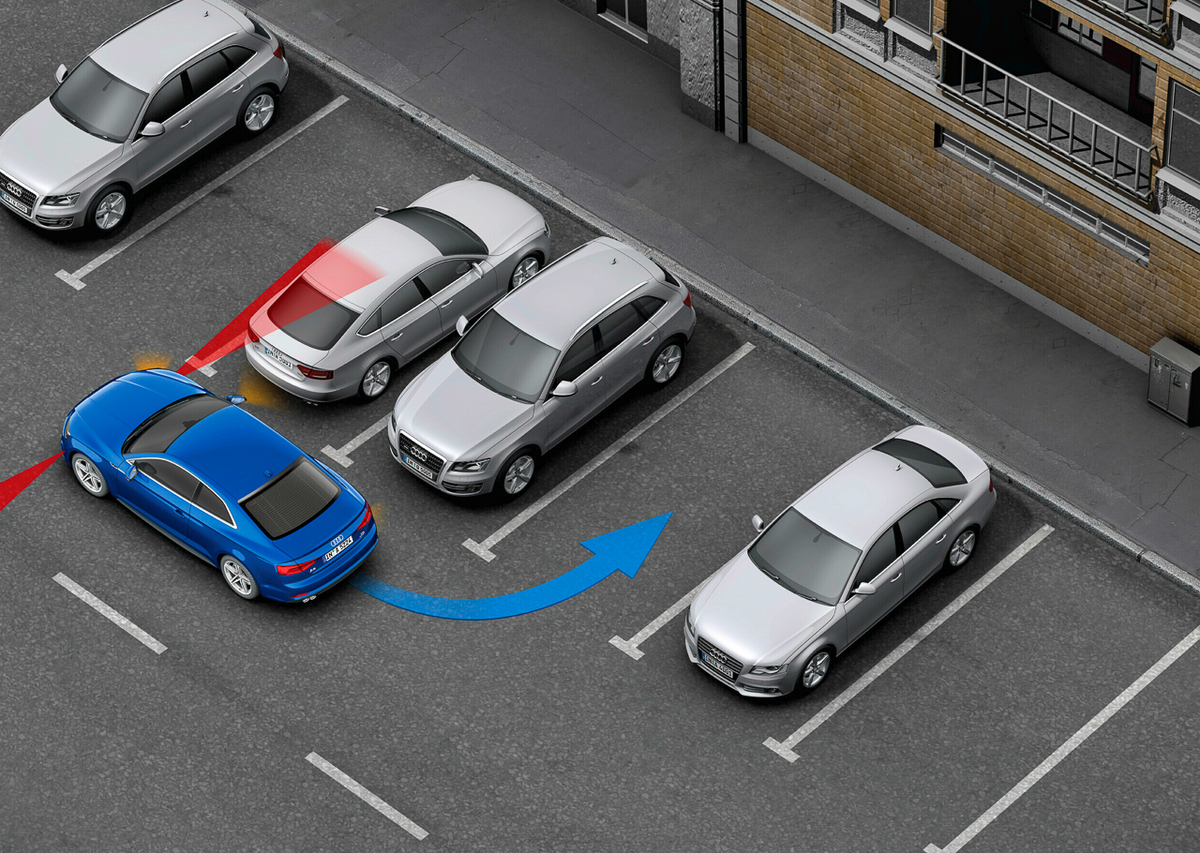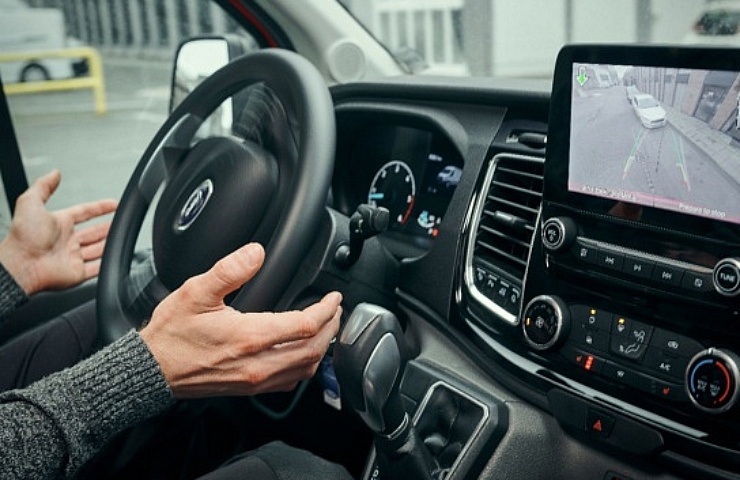Contents
What Is Park Assist Technology?
Park assist technology is an advanced driver assistance system that uses sensors, cameras, lasers, ultrasound technologies, and computer algorithms with solutions to help drivers park their vehicles with great precision. The operation of park assist will vary from car to car, but it’s a fairly standard procedure.
The latest and most sophisticated self-parking technology doesn’t require the driver to touch the pedals or steering wheel, use the gear shifter, or even apply the parking brake when finished. A few brands—Hyundai, Tesla, Rolls Royce, and others—enable the vehicle to park via remote control. You stand outside the car and use buttons and commands on the key fob or your smartphone to instruct the process.
Read: Parking Aides – From Old-School to High Tech
Shop now for parking assist sensorsTypes of Park Assist Technologies
Parallel Parking Systems
Cars from several manufacturers, including Mercedes, not only parallel park—they can also find you a parking spot. With the aid of ultrasound sensors, the system automatically searches for, finds, and measures a parking spot on either side of the street at speeds up to 22 mph. All you have to do is push a button on the instrument panel for either parallel or perpendicular parking.

Ultrasonic sensors in the bumpers sense distance to objects.
When the vehicle identifies a suitable parking space, it will come to a complete stop and show you the space on the touchscreen. Then, you select the desired space. For parallel parking, simply follow the directions on the touchscreen, and the system will automatically take over and parallel park the car by backing into the space.
Perpendicular Rear Parking Capability
- To activate the rear park assist, press the park assist button on your instrument panel. Some automakers place the button on the center console. Consult your vehicle’s owner’s manual for the exact location.
- Select “Park” on the touchscreen and use your turn signal to indicate which side you’ll park on.
- Pull past the cars you want to park near and follow the steps on the screen.

Perpendicular park assist uses sensors to reverse your vehicle into a parking space. (Photo: Audi)
When using park assist, you must always pay attention to hazards and be ready to take over the vehicle’s controls. You can cancel the park assist process at any time by grabbing the steering wheel or shifting out of neutral.
Shop now for parking assist sensorsWhen you return to your car, you may find another vehicle parked extremely close in front or behind, making an exit challenging. To escape this situation, use the same park assist button you used to move into the space.
The system will ask if you want to use the park-out feature. Choose that option on the touchscreen and engage the turn signal in the direction you want to leave. Then, shift into neutral, take your foot off the brake pedal when instructed, and let go of the steering wheel. Press and hold the active park assist button and follow the prompts on the display screen.
Vehicles With Automatic Parking Technology
Once exclusive to a few luxury cars, park assist is now offered on more brands than you think. They all have different names and some differing steps to follow, but they perform the same essential parking functions.
Below are some of the brands that offer park assist, with seemingly more joining the list regularly:
- Audi
- BMW
- Ford
- General Motors
- Honda
- Hyundai
- Jaguar
- Kia
- Land Rover
- Mini
- Mercedes
- Nissan
- Tesla
- Toyota
- Volkswagen
- Volvo
Aftermarket Parking Aids
Since 2018, The US Department of Transportation has mandated that all new cars include a backup camera as standard equipment. Meanwhile, if your car is an older camera-less model, you can add a backup vision system as an aftermarket option with do-it-yourself installation.
Another welcome add-on parking aid is an audible or visual parking sensor system. This system features small sensors installed in the front and rear bumpers that emit ultrasonic waves and receive them back. This technology detects the distance from objects (or a wall). The distance measurement is transmitted to a display screen or speaker to help you position your car in a garage or safely pull into a tight parking spot.
There’s a wide and substantial variety of do-it-yourself system kits for both a backup camera and parking assist available on eBay.com at very affordable prices.
Shop now for rearview camera kitsPros and Cons
Pros:
- Helps drivers park with greater precision
- Reduces the stress of parallel parking
- Can reduce the disruption of traffic flow in busy cities
- Easier to park a large SUV or truck
- Can keep you from damaging your vehicle by hitting curbs or other vehicles
Cons:
- Does not replace the need to drive safely
- Is not 100 percent autonomous; driver assistance is still needed
- Typically does not apply the brakes
- May not perform under poor visibility or bad weather conditions
- May not detect children, pedestrians, bicyclists, animals, or debris






